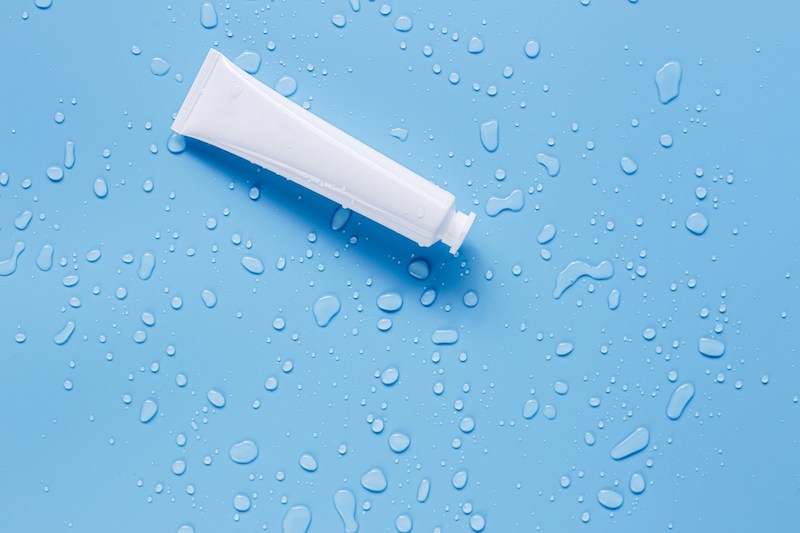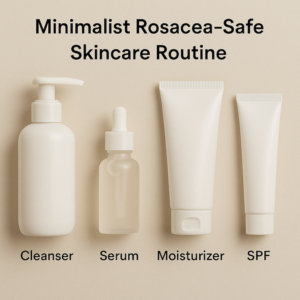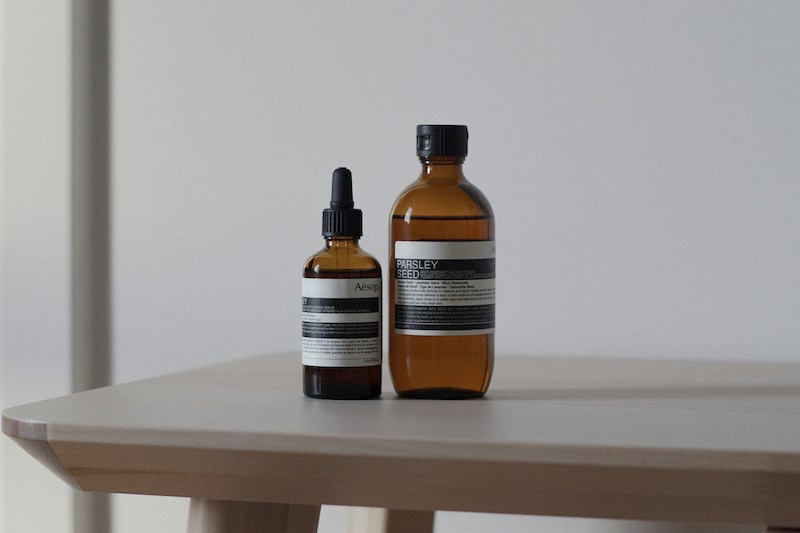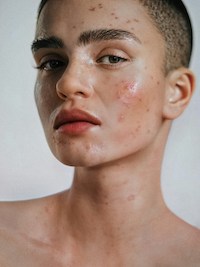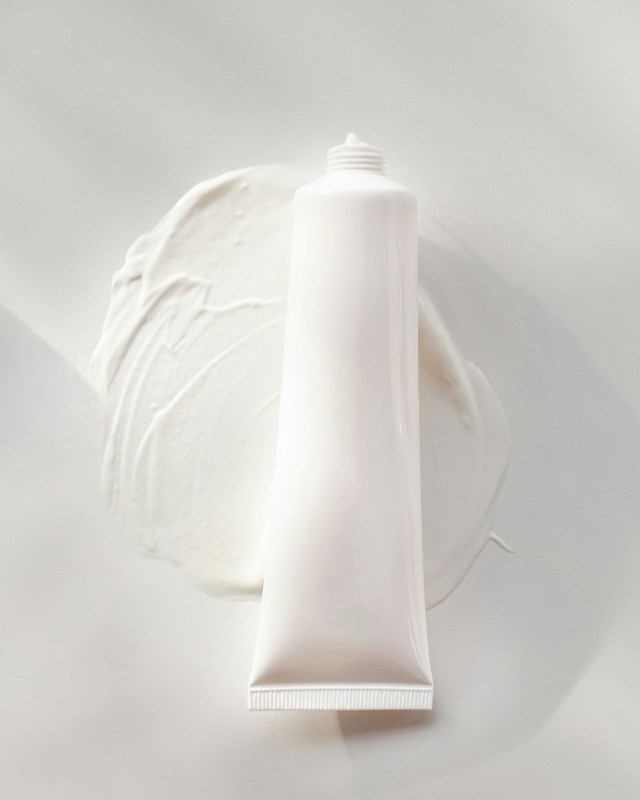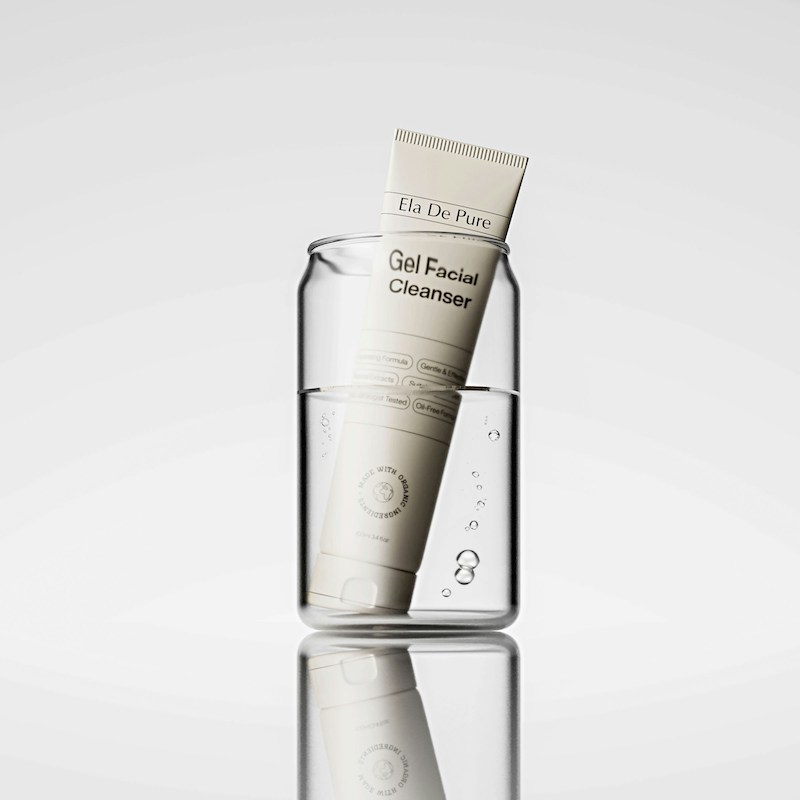Sunscreen is one of the most important steps in any skincare routine. It protects the skin from UV damage, helps prevent premature aging, and reduces the risk of hyperpigmentation and skin cancer. But with so many products on the market in 2025, it can be hard to know which ones are actually worth using.
This guide focuses on sunscreens that are backed by science, tested for real performance, and well-formulated for different skin types. Not just the ones that go viral. Whether you have dry, oily, sensitive, or combination skin, and whether you’re looking for a high-end product or something affordable, you’ll find well-performing options here that make sense.
What Makes a Good Sunscreen in 2025
Here’s what matters today when choosing a sunscreen:
-
Broad-spectrum protection: Defends against both UVA and UVB rays
-
Modern filters: Ingredients like Tinosorb S, Uvinul A Plus, and Mexoryl SX offer strong, stable protection without the drawbacks of older filters
-
Comfortable textures: Lightweight, blendable, and suitable for everyday use
-
Skin-safe formulations: Ideally fragrance-free, alcohol-free, and non-comedogenic, especially for sensitive or acne-prone skin
-
No white cast: Especially important for darker skin tones
-
Eco-conscious choices: Many users now prefer reef-safe or mineral options, though the term “reef-safe” is not officially regulated
Next, we’ll look at the best sunscreens tailored to each skin type.
Best Sunscreens for Oily and Acne-Prone Skin
If you have oily or acne-prone skin, the wrong sunscreen can make things worse — clogging pores, adding shine, or causing breakouts. What you need is a lightweight, non-comedogenic formula that absorbs quickly, controls excess oil, and won’t leave a greasy film.
What to look for:
-
Gel or fluid textures
-
“Non-comedogenic” on the label
-
Alcohol-free if your skin is sensitive or reactive
-
Matte or semi-matte finish
-
Fragrance-free if you’re prone to irritation
Best High-End Option
La Roche-Posay Anthelios UVMune 400 Oil Control Gel-Cream SPF50+
A modern European sunscreen with one of the most advanced UVA filters (Mexoryl 400). Ideal for oily skin, it leaves a soft matte finish, absorbs fast, and wears well under makeup. Fragrance-free and non-comedogenic.
Best Mid-Range Option
Beauty of Joseon Relief Sun: Rice + Probiotics SPF50+
This Korean bestseller has a creamy texture that feels more like a light moisturizer. It uses modern filters, blends invisibly, and doesn’t clog pores. Great if you want hydration without heaviness.
Best Budget Option
Garnier Ambre Solaire Super UV Invisible Face Serum SPF50+
Affordable but well-formulated. Lightweight, non-greasy, and enriched with vitamin E. Works well for oily and breakout-prone skin without feeling sticky.
Best Sunscreens for Dry and Sensitive Skin
Dry or sensitive skin needs extra care when it comes to sun protection. The ideal sunscreen should protect without irritation, support the skin barrier, and offer moisture throughout the day. Fragrance, alcohol, and essential oils are common triggers and best avoided.
What to look for:
-
Creamy or lotion textures with added hydration
-
Ingredients like glycerin, squalane, panthenol, or ceramides
-
Fragrance-free and alcohol-free
-
Mineral filters if your skin reacts to chemical ones
Best High-End Option
Ultrasun Face Fluid Anti-Pigmentation SPF50+
Lightweight but nourishing, this Swiss formula is fragrance-free, suitable for sensitive skin, and includes antioxidants and gentle brightening ingredients like ectoin. Supports barrier function without heaviness.
Best Mid-Range Option
Purito Daily Go-To Sunscreen SPF50+
One of the most gentle chemical sunscreens on the market. Fragrance-free, alcohol-free, with a smooth creamy texture that feels soothing on the skin. It uses modern filters and is ideal for sensitive or reactive skin types.
Best Budget Option
CeraVe AM Facial Moisturizing Lotion SPF30 (US) or
CeraVe Facial Moisturising Lotion SPF50 (EU)
This option doubles as a moisturizer and sunscreen. It’s packed with ceramides, niacinamide, and hyaluronic acid. Fragrance-free and dermatologist-developed, it’s a solid everyday pick for dry or sensitive skin.
Best Sunscreens for Normal and Combination Skin
If you have normal or combination skin, your main goal is finding a sunscreen that feels comfortable, layers well with other products, and balances hydration without making oily areas shiny. Versatility and cosmetic elegance are key.
What to look for:
-
Lightweight lotions or fluid creams
-
Hydrating but not greasy
-
No strong scent or tacky finish
-
Suitable for layering with makeup or skincare
Best High-End Option
Shiseido Urban Environment Triple Beauty Suncare Emulsion SPF50+
A high-performance sunscreen that protects, hydrates, and gives a healthy glow without heaviness. It’s especially good for combination skin and works well under makeup.
Best Mid-Range Option
Isntree Hyaluronic Acid Watery Sun Gel SPF50+
Loved for its silky texture and deep hydration without stickiness. Contains multiple types of hyaluronic acid and modern UV filters. Great for combination skin, especially if your cheeks get dry but your T-zone gets oily.
Best Budget Option
Eucerin Oil Control Sun Gel-Cream SPF50+
Technically aimed at oily skin, but its well-balanced texture makes it ideal for combination types too. Lightweight, dries quickly, and leaves no residue. Fragrance-free and non-comedogenic.
Best Sunscreens for Dark Skin Tones (No White Cast)
Many sunscreens, especially those with mineral filters or older formulations, can leave a visible white or grey cast on deeper skin tones. A good sunscreen for darker skin should disappear completely into the skin, offer full protection, and feel comfortable enough for daily use.
What to look for:
-
Invisible finish or well-formulated tint
-
Gel or fluid texture
-
No zinc oxide or titanium dioxide unless it’s a tinted formula
-
Fragrance-free or low-irritation
Best High-End Option
Supergoop! Unseen Sunscreen SPF40
A completely transparent gel-textured sunscreen with no cast at all. Feels like a primer, making it great under makeup. Free from fragrance, oxybenzone, and parabens. Best for those who prefer a silicone-like, matte finish.
Best Mid-Range Option
Skin Aqua UV Super Moisture Gel Gold SPF50+
This Japanese sunscreen is completely transparent, lightweight, and absorbs quickly. It’s ideal for darker skin tones and provides broad-spectrum protection with no greasiness or cast. Alcohol is present but low, and it’s tolerated well by many.
Best Budget Option
Black Girl Sunscreen SPF30
Formulated specifically for melanin-rich skin. Moisturizing, fragrance-free, and leaves zero white cast. It also includes ingredients like jojoba and avocado oil. A solid choice for dry to normal skin types.
Best Tinted Sunscreens
Tinted sunscreens offer sheer coverage while evening out skin tone, reducing redness, and sometimes replacing foundation altogether. They’re especially helpful for those with rosacea, post-acne marks, hyperpigmentation, or dullness. Many also use iron oxides, which provide additional protection against visible light — important for pigmentation-prone skin.
What to look for:
-
Iron oxides for visible light protection
-
Shade range or universal tint that suits your undertone
-
Lightweight, blendable texture
-
Fragrance-free and non-comedogenic
Best High-End Option
EltaMD UV Elements Tinted Broad-Spectrum SPF44
A gentle mineral-based formula with a universal tint that adapts to many skin tones. Hydrating, non-comedogenic, and ideal for sensitive or post-procedure skin. Leaves a slightly dewy finish.
Best Mid-Range Option
La Roche-Posay Anthelios Mineral Tinted SPF50 (U.S.) / Anthelios UVMune 400 Tinted SPF50+ (EU)
Provides reliable protection with a light tint that evens out redness and discoloration. Smooth texture and a natural finish make it a solid everyday option for all skin types.
Best Budget Option
Australian Gold Botanical Tinted Face Mineral Lotion SPF50
Offers surprisingly high performance for the price. Matte finish, tinted mineral formula, and long-lasting. Available in several shades and great for oily, acne-prone, or combination skin.
Tips for Getting the Most Out of Your Sunscreen
Even the best sunscreen won’t do much if it’s not used correctly. These simple steps can make a major difference:
-
Apply enough: Most people use too little. A general rule is two fingers’ length for the face and neck.
-
Reapply regularly: Every two hours if you’re outdoors, or after sweating or swimming. Even indoors, consider reapplying if you’re near windows or screens all day.
-
Apply to all exposed areas: Don’t forget the ears, neck, eyelids, and hands.
-
Let it absorb: Wait at least 10–15 minutes before applying makeup or heading out.
-
Don’t rely on makeup with SPF: It’s not enough on its own. Use a dedicated sunscreen as your base layer.
Conclusion
The right sunscreen depends on your skin type, preferences, and lifestyle — but protection is non-negotiable. In 2025, we’re fortunate to have advanced formulations that are not only effective but also pleasant to wear.
Whether you need something lightweight for oily skin, nourishing for mature skin, or budget-friendly but reliable, the products listed here are all tested, well-formulated, and worth using.
Remember: the best sunscreen is the one you’ll use consistently, every single day.


